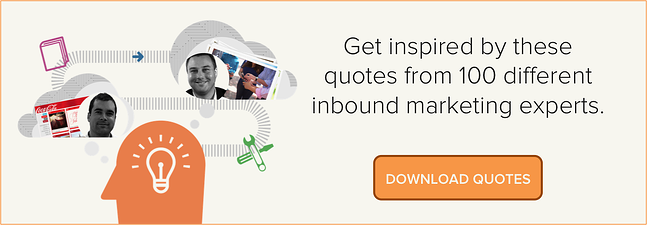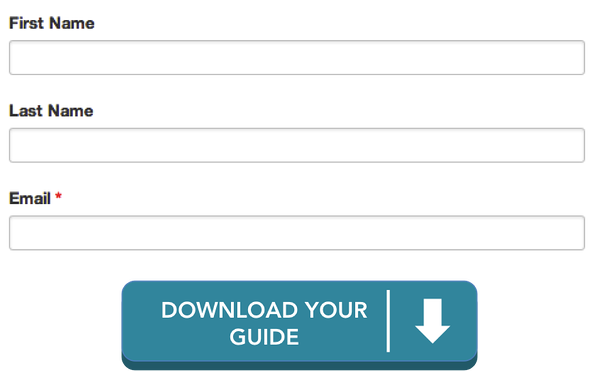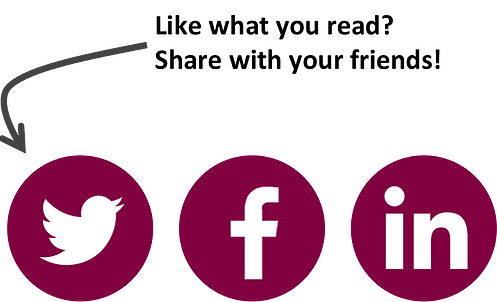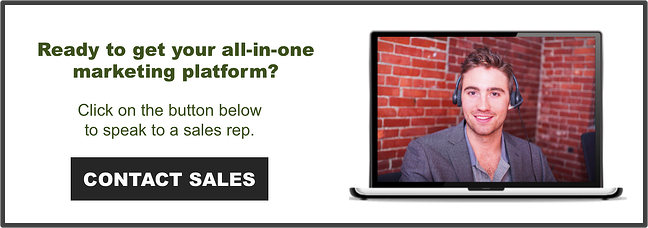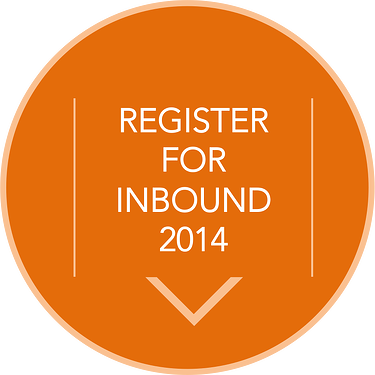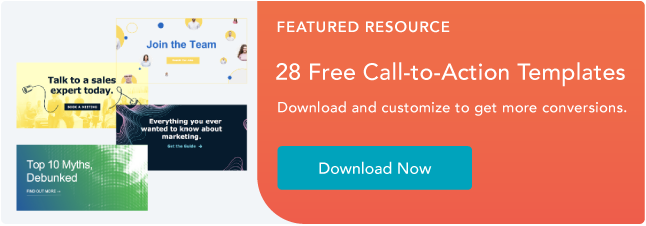MARKETING
10 Types of CTAs You Need to Have on Your Website

There’s no one-size-fits-all solution for calls-to-action (CTAs), especially when you have multiple audiences perusing your website at any given time.
Visitors, leads, customers, and promoters are likely to visit your site, so you’ll need several types of CTAs to get them to accomplish different goals.
To help you turn visitors into leads, leads to customers, and customers to promoters, I’ve put together a list of CTAs to use for each audience. But before we get into that, let’s discuss what a CTA is.
Without a CTA, potential leads and customers may struggle to find the correct path to buy a product or sign up for a service or list. CTAs help companies generate leads, but they also help delight customers and avoid frustration.
Now you know what a CTA is, here’s a list of CTAs that will benefit your website.
10 Types of CTAs Marketers Should Know
The CTAs below can be made with our free PowerPoint Template, so download it here if you want to use them on your own website. You can also create a CTA with HubSpot’s CTA tool.
1. Lead Generation
As mentioned earlier, calls-to-action are crucial to generating leads from your website. Since you’re trying to turn visitors into leads via these CTAs, you’ll want to place them in any spot on your website with a high percentage of new visitors.
The best place for a lead generation CTAs is on blog. Specifically, you should add a CTA at the end of the blog post, in the sidebar, and as a floating banner in the corner.
Successful CTAs are eye-catching and effectively communicate the value of clicking on it. In other words, visitors should know exactly what to expect when they get to the landing page the CTA points to.
Below is an example of a lead generation CTA:
2. Form Submission
Let’s say your visitor get to your landing page — there are still two more things they need to do to register as a lead. Your visitor still need to fill out a form and click on a button to submit their information to your contacts database.
At this stage, your visitor is close to becoming a lead, so you don’t want them to slip through the cracks with a lackluster submit button.
Instead, trade out your “submit” button copy for something more actionable and specific to the marketing offer they are about exchange information for.
The lead capture form and button below are much more actionable and engaging than a simple “submit” button. If you’re interested in crafting a form for your site, HubSpot has a free online form builder here.
3. “Read More” Button
Whether you place a feed of content in your blog, customer case study page, or press newsroom — you should avoid displaying the whole post one the home page.
You need to entice your homepage viewers to click on individual posts by featuring the first few paragraphs of your content followed by a “read more” CTA.
Here’s what a “read more” button looks like:
Besides allowing more content to be featured on your homepage feed, “read more” buttons ensure your engaging posts receive the stats they deserve.
This allows people to click through to read any post instead of scrolling down on the homepage, In turn, the post itself gets credited with its own traffic, not the homepage.
4. Product or Service Discovery
When someone is poking around your website trying to learn about your company and what it offers, make it as easy as possible for them to do so. After all, your products and services are what keep your business afloat.
The CTAs don’t have to be fancy images — simple text on a button can do the trick, as long as the button stands out enough against its background.
Here’s an example of what that can look like, taken from our very own homepage:
Disclaimer: Our homepage product awareness CTA wasn’t created in PowerPoint, but you can easily create the same look with our PowerPoint templates.
5. Social Sharing
One of the simplest types of calls-to-action is one that encourages you to share a piece of content with your friends. Social sharing buttons are a low-commitment way for visitors, leads, and customers to engage with your brand.
So, be sure to include them in places where it makes sense on your website, such as blog posts and landing pages.
Don’t just slap them on everything, though. You wouldn’t want to include them in places where people are giving you their personal information, for example.
The best part about this type of CTA is that it is really easy to customize.
Here’s what it can look like:
6. Lead Nurturing
So, what happens when someone becomes a lead but isn’t quite ready to pay for your product or service?
You’ll need to entice them with another type of offer that is more aligned with your product offering than a typical top of the funnel marketing offer.
You’ll need to use a lead nurturing CTA to promote offers like product demos, free trials, and free quotes. A lead nurturing CTA should be in an area you know many leads visit.
For example, consider a smart CTA option in a blog post or as an offering at the bottom of another marketing offer’s thank you page.
Here’s a prime example of what one looks like:
7. Closing the Sale
And once all of your lead generation and lead nurturing are done, you’ll need to finally turn those leads into customers.
This type of CTA will be very sales-focused: you want to get potential customers to want to buy your product or service right here, right now.
Again, if you have smart CTAs, you can use them at the end of blog posts. However, consider placing them on product pages, as potential customers may want to do one last bit of research before taking the plunge.
This is an example of what a sales-focused CTA would look like:
8. Event Promotion
If you are throwing an event, whether online or in person, it’s pretty clear you’re going to need people to attend.
Use an event promotion CTA to raise awareness of the event or help drive ticket sales. The best part about this type of CTA is there are endless places you can put it, depending on which segment of your audience you’re trying to get to attend.
For customers, place the CTA on their login page, dashboard, or on the page you offer them a receipt. For leads, make this CTA appear in the blog sidebar. The possibilities are endless.
Here’s a simple example of an event CTA:
9. Related Content
The longer a visitor stays on your website, the more likely they’ll convert to a lead. A related content CTA makes it easy for website visitors to jump from once piece of content to the next on your site.
In turn, they’ll learn more about your product or service and will likely want to make a purchase. Place a related content CTA within the content, such as between sections of a blog post or in the side bar as link.
Below is an example as it would apply to exploring your company’s services:
10. Quiz CTA
Audiences love to be delighted, and what’s more delightful than a quiz to test their knowledge or learn more about themselves? We all love a good Buzzfeed quiz, right?
If you decide to use a quiz or a game to encourage visitors to stay on your site longer, you’ll need a quiz CTA to capture their attention. And if the quiz is free, include that in the CTA.
Place a CTA like the one below at the end of a blog or its sidebar.
 CTAs make your website easier to navigate, and they can serve as roadmap that takes a visitor on the path to becoming a lead. However, to get the most our of your CTAs, you’ll need to make them engaging, hard-to-miss, and straightforward.
CTAs make your website easier to navigate, and they can serve as roadmap that takes a visitor on the path to becoming a lead. However, to get the most our of your CTAs, you’ll need to make them engaging, hard-to-miss, and straightforward.
Now that you know the different CTAs available for your site, you’re ready to use them to you advantage.


